The advancement of digital technology is opening up new possibilities in the realm of art. In particular, AI art presents a form of expression filled with imagination and creativity beyond the limits of reality, showcasing new representations of women that transcend traditional aesthetics and social bias. This post explores the reality of Korean female professionals working as freelancers reinterpreted through AI, by looking at their historical background, current working conditions, and statistical data.
History and Current Status of Korean Female Freelancers
Freelancing among Korean women began in the 1980s and 1990s with home-based and outsourcing work in translation, interpretation, and design. At that time, the concept of freelancing had not yet been clearly established, but women entered society in various ways, pioneering their own areas of expertise.
Since the 2000s, the spread of the internet and online platforms has led to a surge in freelance work, with more women participating in fields such as IT, content creation, marketing, law, and counseling.
Statistics and Working Conditions of Korean Female Freelancers
According to recent statistics, as of 2022, there are an estimated 4.06 million freelancers in South Korea, with female freelancers accounting for about 1.18 million (approximately 29% of the total).
- Working hours and income:
- The average weekly working hours for freelancers is 33 hours, and the average monthly income is about 1.8 million KRW.
- About 34.8% of freelancers report experiencing income interruptions for more than three months in a year.
- Industry sectors and working environment:
- Tutoring, lessons, and counseling fields make up about 20.5% of all freelance work.
- Unfair work changes (38.5%), delayed payments (25.9%), and demands for extra tasks beyond contracts (25.2%) indicate that freelancers often face unstable working conditions.
- Regional and age distribution:
- By region, Seoul and Gyeonggi Province account for about 55,500 and 82,300 freelancers, respectively, making up roughly one-third of the national total.
- By age group, those aged 55 and above number 2.175 million, ages 35–54 account for 1.552 million, and those 34 and under total 336,000—showing a significant dominance of middle-aged and older individuals.
- Growth in non-wage labor:
- According to Yonhap News, between 2018 and 2022, the number of non-wage workers (including freelancers and specially employed workers) increased by about 2.33 million (38.6%). As of 2022, the average annual income of male non-wage workers was about 13.12 million KRW, while for females it was 9.44 million KRW.
These statistics show that despite their high autonomy, Korean freelancers—especially women—face difficulties such as income instability and unfair transactions.
Why Use AI-Generated Portraits: Creative Expression and Idealized Imagery
While photos of real people are beautiful enough, AI art enables the recreation of ideal and creative representations of women that are difficult to achieve in reality.
- Freedom of expression: AI technology allows for precise control over emotion, mood, lighting, and composition, offering a new visual language that is free from traditional aesthetic norms or social biases.
- Breaking limitations: AI art can freely create idealized or symbolic images that are difficult to realize through traditional photography.
- Social message: AI-generated female portraits not only highlight physical beauty but also visually express professionalism, autonomy, and a spirit of challenge—delivering a message that bridges the gap between the realities and ideals of the labor market.
Thus, AI art is gaining attention as an effective tool for symbolically expressing strong autonomy and professionalism, contrasting with the unstable environment freelancers often face.
Woman in a Gray Suit – Symbol of Elegance and Professionalism

This image of a woman in a gray suit symbolizes more than just beauty—it conveys professionalism, trust, and refined self-esteem.
- Detailed expression: A sophisticated hairstyle, neat makeup, and simple accessories highlight the image of a professional woman in the digital era.
- Urban background: The harmony with city architecture symbolically represents the proactive presence of women freelancers in modern society.
Woman in a Navy Suit – Symbol of Independence and Strength

The woman in a navy suit expresses independence and leadership through her intense gaze and resolute expression.
- Powerful message: This image symbolizes a freelancer paving her own path and facing challenges, especially highlighting the will to overcome social constraints faced by female freelancers.
- Border between reality and ideal: AI technology effectively recreates the ideal strength and autonomy that are difficult to portray in reality.
Social Implications of AI Art and New Representations of Women
AI-generated portraits are more than just digital artworks. They visualize the potential and reality of women in Korean society and send a powerful message.
- Beyond gender stereotypes: These images move away from the uniform and stereotypical portrayal of women, suggesting a variety of new feminine identities.
- Solidarity and inspiration: For women currently working as freelancers or considering it, these portraits can provide encouragement and solidarity.
- Discussion of labor and expression: The integration of AI and art expands discourse on digital labor, creative work, and gender roles.
Conclusion: AI, Women, and the Future of Work
AI-generated portraits of Korean female freelancers go beyond aesthetics to suggest a new possibility for expression. This ideal imagery does not simply create beautiful women, but powerfully conveys the autonomy, professionalism, and confidence that modern women desire.
Through this post, we aimed to combine objective statistics and realistic issues with artistic creativity, exploring new ways to express and understand the challenges and dreams of women.
We hope that this article will help inspire and empower women living today with AI-generated portraits that blend technology, art, and social consciousness.
This content was created through collaboration with AI. All images are AI-generated, and the text was written by a human based on real data and cultural understanding.

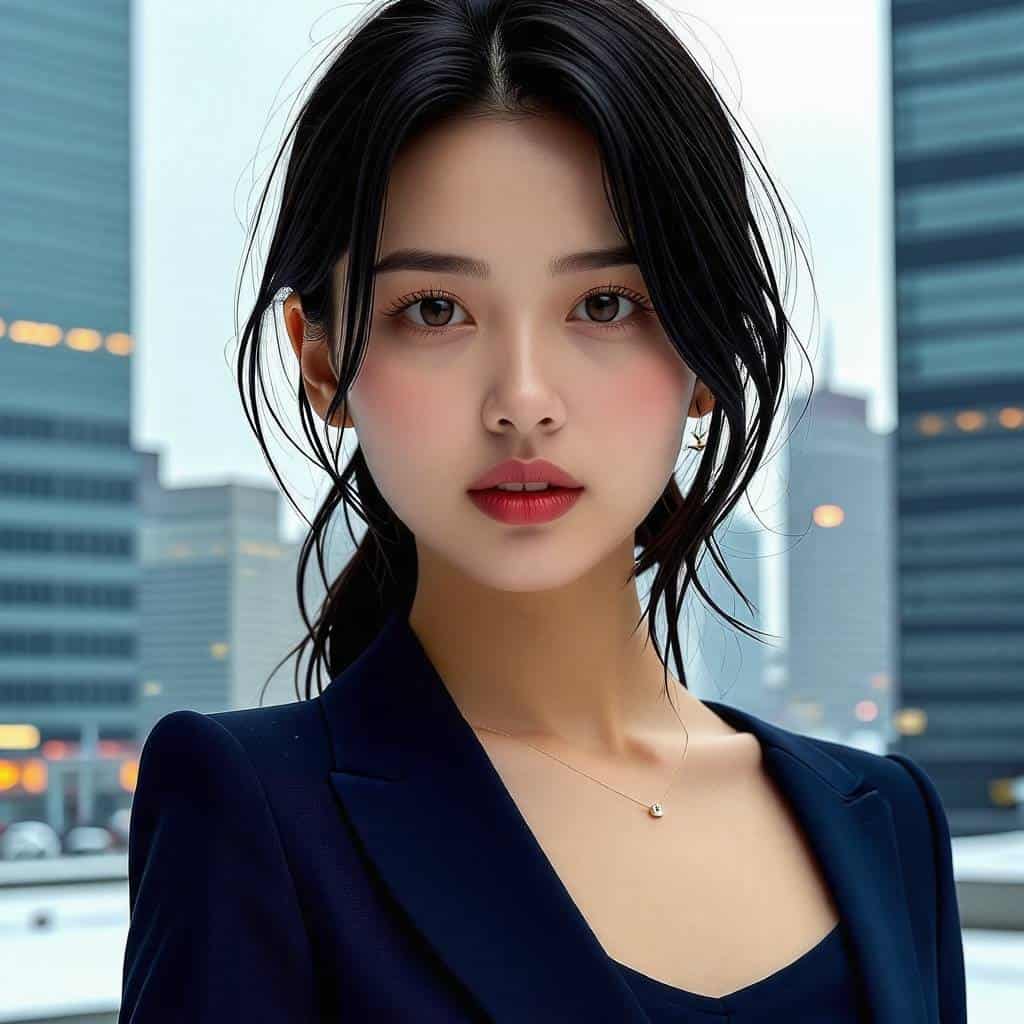
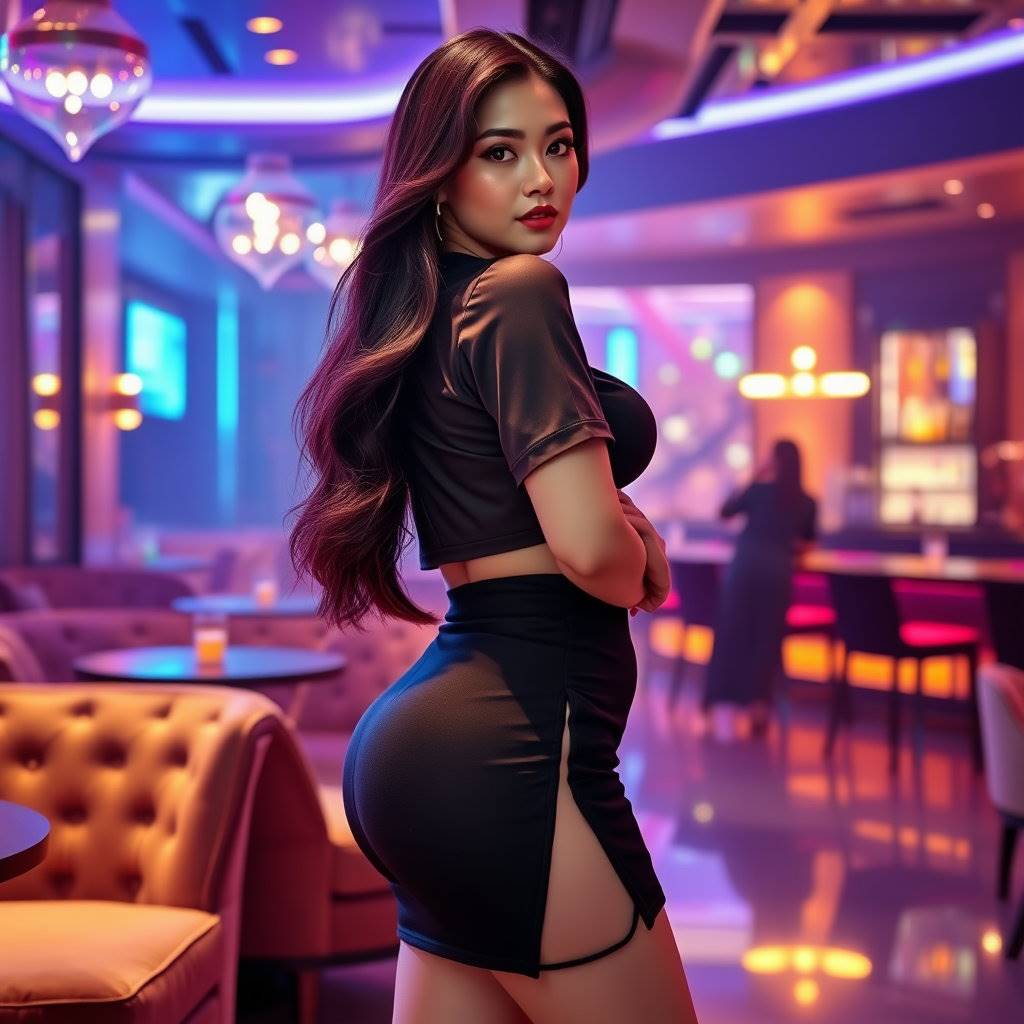
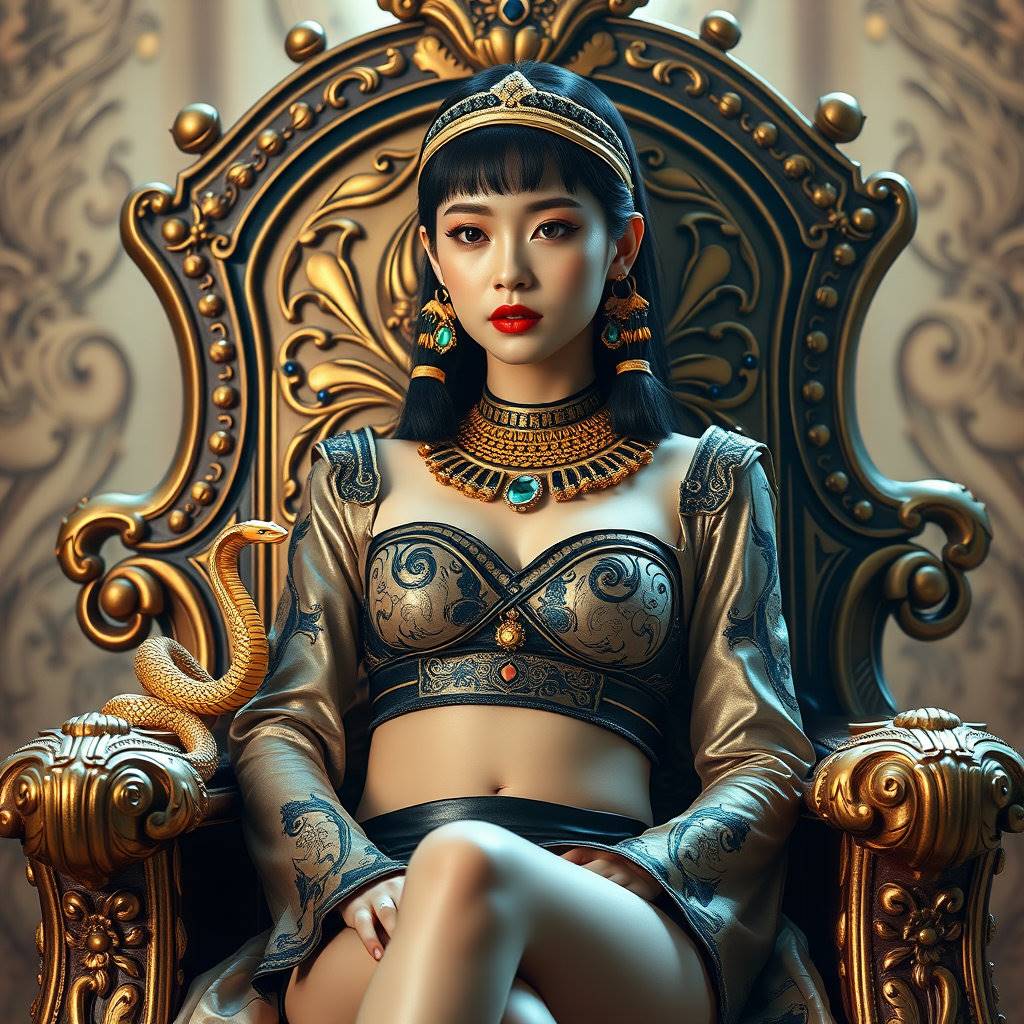
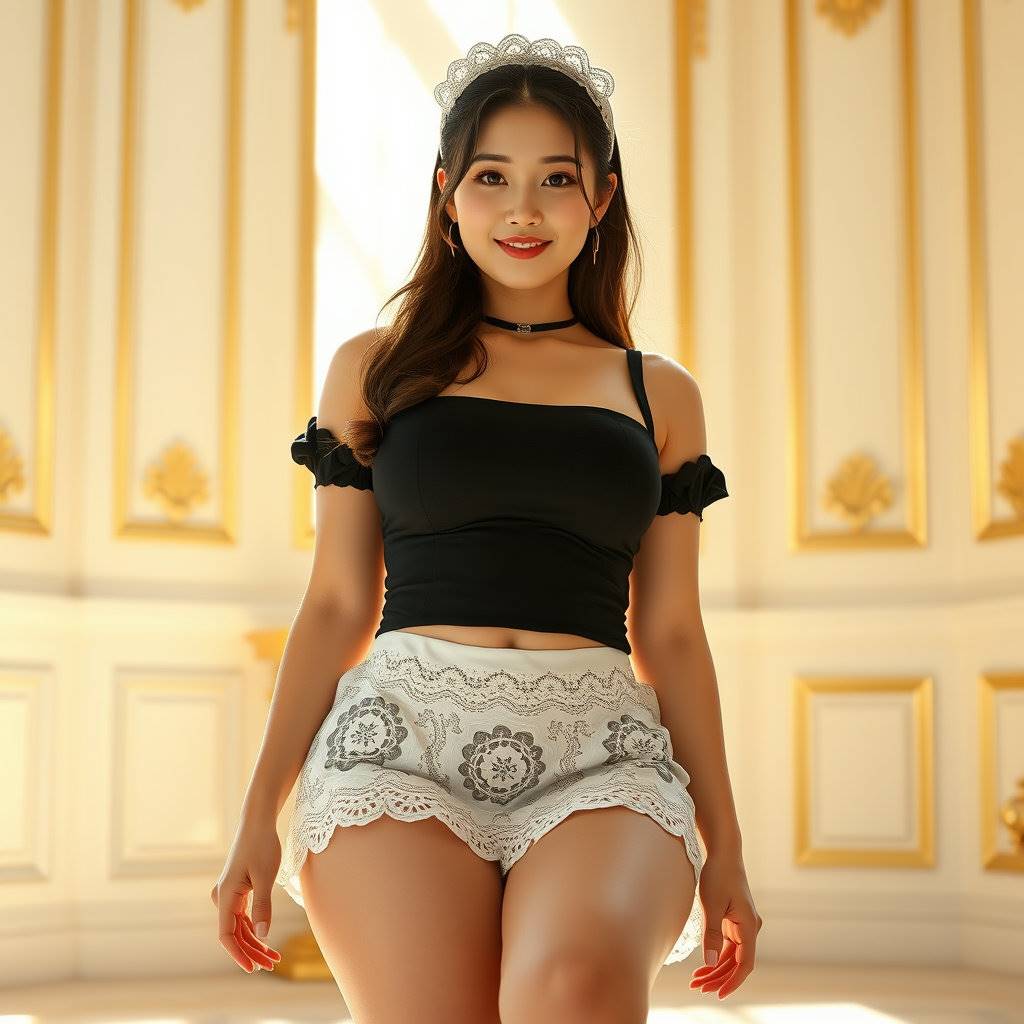
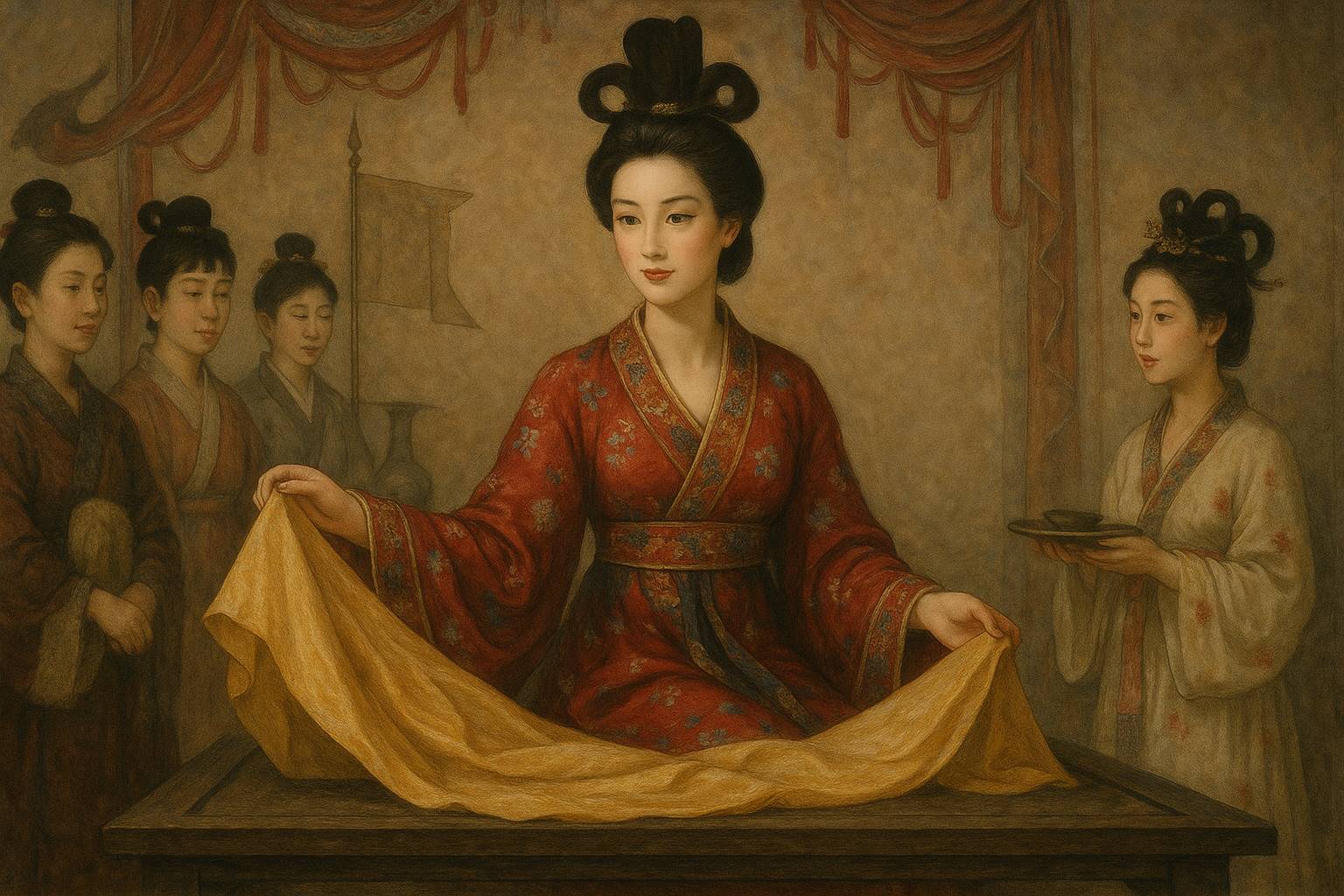
Leave a Reply